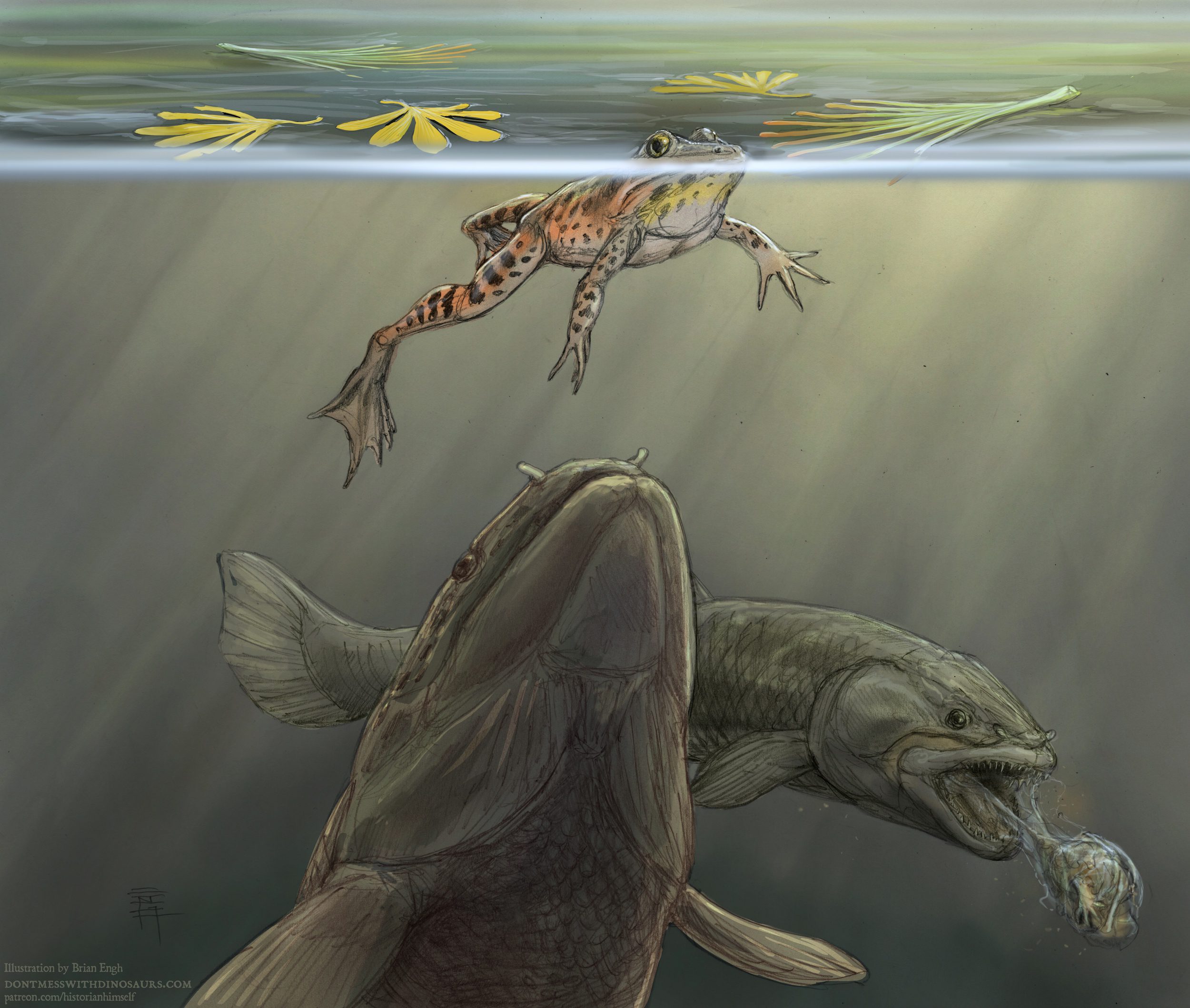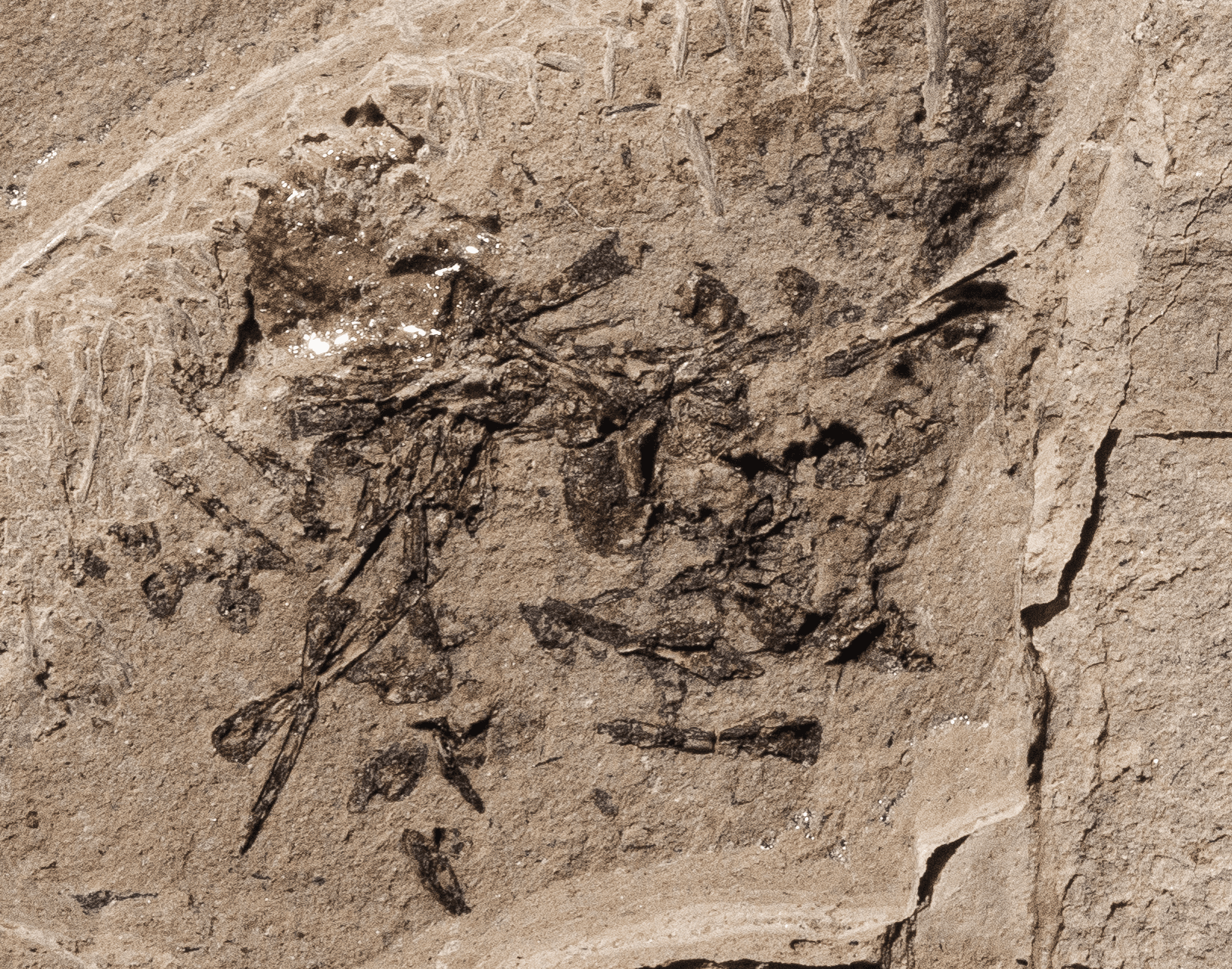A rare type of fossil was retrieved recently from the Morrison Formation of southeastern Utah when researchers realized they had found preserved vomit. Inside the small regurgitalite was a gathering of amphibians, including at least one small frog and a salamander that might be the smallest ever found in the region.
Fossil vomit is a rare find in this part of America, and was found in an area known as the Jurassic Salad Bar, so named for the ancient plant material it’s been found to contain. The sediment and the botanical and animal remains it is home to would appear to indicate it was a pond a few hundreds of millions of years ago.
Back then, a hungry predator apparently bit off more than it could chew as the amphibious remains it had swallowed apparently came back up in a lump of tiny bones (some just 3 millimeters [0.12 inches] long). Understandably, vomit that old isn’t the easiest thing to identify with the eye, but the concentration of tiny bones in a compact area led researchers to suspect they had some sick on their hands.

Jurassic Hurl: Fallen Bowfin. Tactical chunders may have been a thing for hundreds of millions of years. Image courtesy of John Foster
Contained within the heap were the remains of a frog (which may have still been part-tadpole) and at least one salamander, as well as some unidentified vertebrae. The prehistoric chunder could have come from a fish, turtle, or semi-aquatic mammal, but past finds at the site would paint bowfin fish to be the most likely culprit.
“We can’t be sure, but among the animals of interest here, the current best match, and the one known to be at the scene, is the bowfin fish,” Utah Field House of Natural History State Park Museum Curator and study co-author John Foster told Utah State Parks. “Although we can’t rule out other predators, a bowfin is our current suspect, so to speak.”

The preserved vomit bone heap. Images courtesy of John Foster
A fish may bring up its meal if it has tried to swallow too much, or it may even vomit as a distraction technique when escaping larger predators, so it’s not entirely clear why this particular individual’s meal wound up a blob on the fossil record as a regurgitalite instead of a coprolite.
What the previous vomit does however teach us is that in its heyday, the Jurassic Salad Bar was home to species interactions not unlike those seen in similar habitats on Earth today.
“This fossil gives us a rare glimpse into the interactions of the animals in ancient ecosystems,” Foster said. “There were three animals that we still have around today, interacting in ways also known today among those animals – prey eaten by predators and predators perhaps chased by other predators.”
This study was published in the journal Palaios.
Source Link: Jurassic Bleurgh: Prehistoric Predator’s Fossilized Vomit Reveals Amphibious Meatloaf